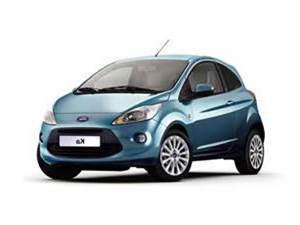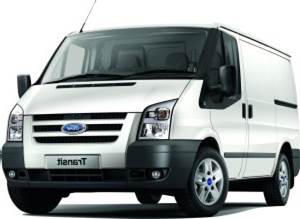Key requirements for an interoperable wireless energy transfer system
A
successful setup for a standard does require the choice of key
requirements which fit the main application purpose. The key issue of
the WiPT standard is the widely spread use of wireless power transfer
within public area that guarantees operation for different and changing
loads. Keeping in mind this purpose the following requirements can be
derived.In ground installation
The standard assumes an in ground installation leading to a flat surface. This requirement is based on safety issues as no obstacles must appear on the ground. Furthermore, this kind of installation delivers an inconspicuous appearing within a city view which is especially important for operators at historical sites. It is also a design need for removing snow and street cleaning.
It is also a meaningful requirement from a technical viewpoint as this kind of installation requires the largest air gaps resulting in the most difficult solution. On ground installations are quite more easy due to lower air gaps and it can be expected they can be solved also if the in ground solution can be operated successfully.
No moving parts
Maintenance free, long lasting and robust technical solutions are usually reached for steady state systems without any moving parts. Moving parts are susceptible to dirt and tend to stick in case of external disturbance. For these reasons the automotive industry insists in having no moving parts at the vehicles and the same applies for infrastructure operators.Safety
From the perspective of a customer the safety of a technical system is simply assumed. Therefore, it needs to be practically proven that systems realized according to the standard are able to fulfill safety requirements. This implies either the proof of inherently safety or the existence of safety sensors sensing all practicably possible risk situations.Geometric flexibility
Energy must be transferrable to many kind of different kind of vehicles. Public installations need to support small passenger cars as well as large vehicles used for urban logistics. Therefore, the standard must not require specific geometric preconditions for the receiving part. Instead, the standard needs to provide measures to adapt for different air gaps and sizes, both varying in a large range.


Furthermore, it can be expected the receiving parts will be developed for many types of construction designs. There might be highly integrated solutions using the under body covers as case with complex geometries as well as self-carrying solutions with a simple flat design able to be reused in different vehicles. Depending on space and available production technologies the best suiting solution will be chosen individually.
Compact secondary size
Beside the already mentioned general geometrical flexibility as a key requirement the wish of car manufacturers for extraordinary small designs for the energy receiving secondary part is treated as an extra key requirement. Especially the use of wireless power transfer in plug-in electric vehicles does require extremely small designs as those vehicles already carry a combustion engine as well as traction battery and electric motors and only little additional space can be reserved for wireless power transfer.High efficiency
Concerning the system efficiency wireless energy transfer is compared to wired power transfer. At the first glance it seems the efficiency of an electrical contact creating very low loss cannot be reached by wireless technologies. But it should be noticed that even wired power transfer requires an electrical insulation due to safety reasons. This insulation is reached by an internal transformer within the charger of the car and produces relevant loss. Thus, both systems, the wired and the wireless, do implement a transformer and actually may reach comparable efficiency. Therefore, an efficiency of about 90% is expected to be reached for wireless power transfer, as this is comparable to the wired technology. It can also be expected that regulative measures will require such kind of efficiency in future.Last but not least the efficiency has direct influence to the charging time. As the power transfer limit is given by the electrical supply line, appearing losses reduce the amount of energy which is transferred into the vehicle battery and thus increase the charging time.